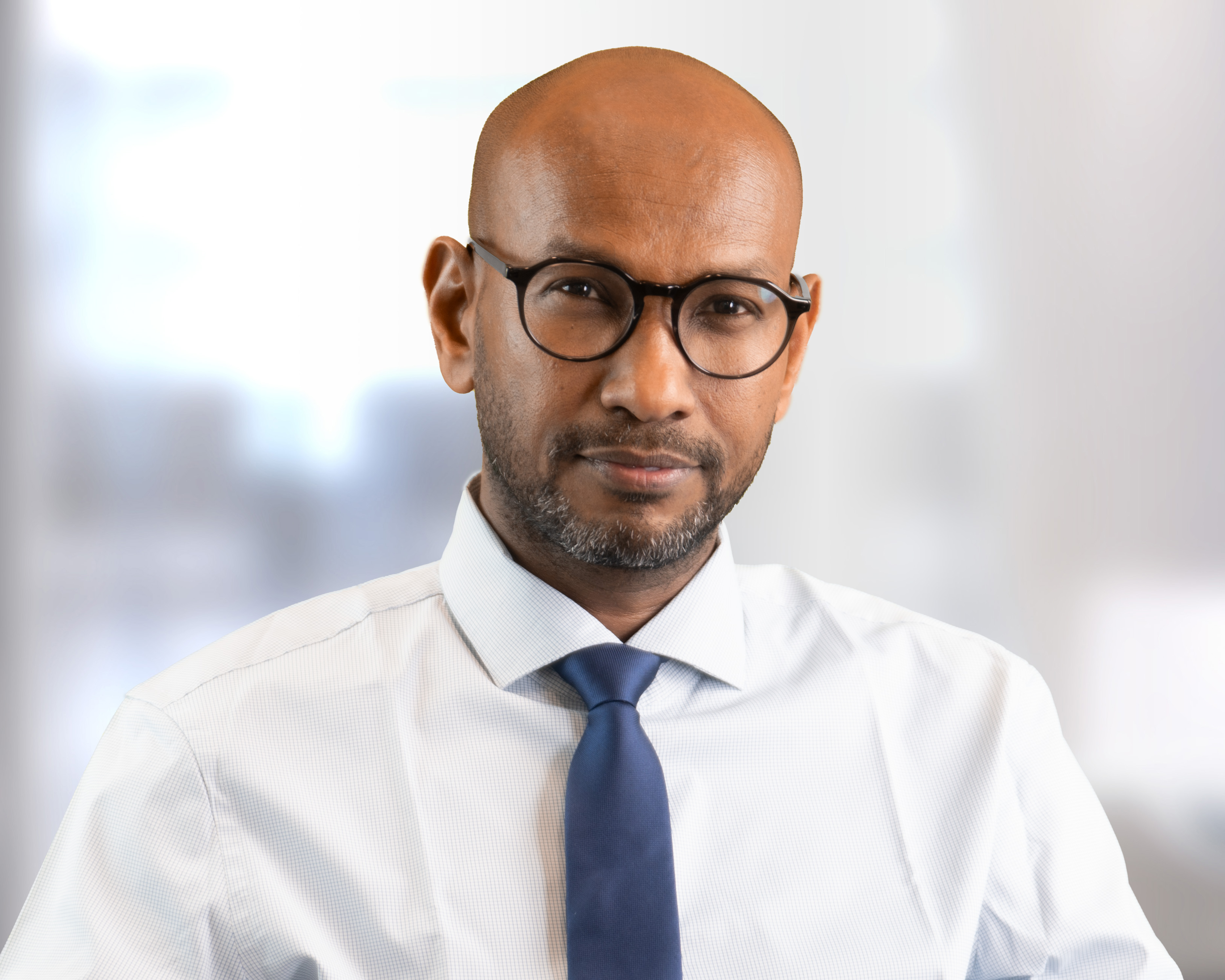
Publications and Datasets
IFPRI publications provide evidence-based insights and analysis on critical issues related to policies for food systems, food security, agriculture, diets and nutrition, poverty, and sustainability, helping to inform effective policies and strategies. Materials published by IFPR are released under a Creative Commons license, and are available for download. IFPRI authors also publish in external sources, such as academic journals and books. Where possible we provide a download link for the full text of these publications.
Featured Publications
Journal Article
Experimental measures of intra-household resource control
2024Ambler, Kate; Jones, Kelly; Recalde, María P.Journal Article
Observed trends in multiple breadbasket yield shocks
2024Chen, Xuan; Anderson, Weston; You, Liangzhi; Pope, EdwardJournal Article
Economic AI on the move: the relationship between sugar-sweetened beverages consumption and weight gain in Kyrgyzstan
2024Suyunov, Alisher; Akramov, Kamiljon T.Explore Our Latest Publications
By Title By Author By Country/Region By Keyword
Journal Article
Men can cook: Effectiveness of a men’s engagement intervention to change attitudes and behaviors in rural Ethiopia
Journal Article
The technopolitics of agronomic knowledge and tropical(izing) vegetables in Brazil
Working Paper
Would you rather: Voluntary take-up of a poverty graduation program among cash transfer recipients
Dataset
Nature+ Quantitative Baseline Household & Worker Survey, Kenya
Dataset
Nature+ Quantitative Baseline Household and Worker Survey, Viet Nam
Journal Article
A framework for cost-effectiveness analysis of greenhouse gas mitigation measures in dairy industry with an application to dairy farms in China
Journal Article
Experimental measures of intra-household resource control
Journal Article
Crowding in private quality: The equilibrium effects of public spending in education
Journal Article
Computer vision–assisted dietary assessment through mobile phones in female youth in urban Ghana: Validity against weighed records and comparison with 24-h recalls
…more
Folson, GloriaWorking Paper
Community and household shocks: Findings from the seventh round of the Myanmar Household Welfare Survey (January–June 2024)
Report
Impact evaluation of the economic inclusion programme in Kenya: Baseline report for cohort 2
Working Paper
Challenges and opportunities in Nigeria’s home-grown school feeding program: Toward a more efficient and sustainable model
Training Material
In-depth interview guide on stakeholders’ perceptions of the Baxnaano Safety Net Program benefits in Somalia
Working Paper
Targeting social assistance in fragile settings: An experiment on community-based targeting
Manual
Survey instrument on beneficiaries’ perceptions of the benefits of the Baxnaano safety net program in Somalia
Report
Myanmar Monthly Food Price Report – September 2024
Report
Changing the equation: Leveraging true cost accounting to accelerate agri-food systems transformation
Working Paper
Irrigation schemes in Ethiopia’s Awash River Basin: An examination of physical, knowledge, and governance infrastructures
Working Paper
Systematic risk profiling: A novel approach with applications to Kenya, Rwanda, and Malawi
Brief
Papua New Guinea food price bulletin: October 2024
Report
Integrated and enhanced datasets on food security and household coping strategies in the G5 Sahel Countries (2018-2023)
Brief
Synopsis: Enhancing rural income diversification in Rwanda: Opportunities and challenges
Journal Article
Revolutionising multi-sectoral nutrition policy: Insights from the Ethiopian National Information Platform for Nutrition (NiPN) approach
…more
Halala, Yoseph; Zewdu, Frezer; Sinamo, Sisay; Tsegaye, Daniel; Neu, Ingo; Mirsaidova, Manzura; Sarkar, Archana; Tessema, Masresha; Hafebo, Aregash SamuelBrief
Impact of COVID-19 on food security and cropping patterns in Tajikistan: Evidence from a telephone survey in Khatlon Province
Report
IFPRI Malawi Monthly Maize Market Report, September 2024
Working Paper
How have foreign exchange market distortions and conflict affected agricultural production incentives in Myanmar?
Book
2024 annual trends and outlook report: Advancing the climate and bioeconomy agenda in Africa for resilient and sustainable agrifood systems
Data Paper
2022 Social Accounting Matrix for Colombia: A Nexus Project SAM
Book Chapter
The agrifood system: structure and contribution to development goals
Book Chapter
Introduction [in Myanmar’s agrifood system: Historical development, recent shocks, future opportunities]
Book Chapter
Dietary quality and nutrition: Past progress, current and future challenges
Book Chapter
A historical and regional perspective on Myanmar’s agrifood system
Book Chapter
Agricultural land: Inequality and insecurity
Book Chapter
Regional variations in rural livelihoods: Challenges and opportunities
Book Chapter
Agricultural mechanization: Drivers and characteristics
Book Chapter
Livestock, capture fisheries, and aquaculture: Status and recent trends
Book
Myanmar’s agrifood system: Historical development, recent shocks, future opportunities
Book Chapter
Conclusion: From recovery to renewal of the agrifood system
Book Chapter
Women and youth in agriculture
Book Chapter
Food processing: A stalled transformation
Book Chapter
Migration trends and implications
Book Chapter
Farm commercialization: A transformation on hold or in reverse?
Book Chapter
The rice sector
Book Chapter
Agrifood trade
Book Chapter
Crop production: An engine in need of an upgrade
Book Chapter
Income diversification and the rural nonfarm economy
Book Chapter
Agricultural value chains: Examples of quiet transformation
Book Chapter
Vulnerability and welfare during multiple crises
Working Paper
Evaluation of the programme to reduce vulnerability in coastal fishing areas in Djibouti: Qualitative findings
Data Paper
2021 Social Accounting Matrix for Guatemala: A Nexus Project SAM
Data Paper
2022 Social Accounting Matrix for Malawi: A Nexus Project SAM
Data Paper
2022 Social Accounting Matrix for Ghana: A Nexus Project SAM
Report
Does location matter? A spatial analysis of the factors influencing adoption of cereal-legume intercropping among smallholder farming households in Malawi
Working Paper
Farming for the future: Prioritization of climate-smart agriculture technologies in SAARC countries
Opinion Piece
Crafting combinations to govern groundwater: Knowledge, motivation, and agency
Working Paper
MSMEs in the Food Environment in urban and peri-urban Ethiopia
Working Paper
Understanding the organizational approaches of funders and project implementers to strengthen women’s empowerment through agricultural collectives
Book Chapter
The Impact of climate change on agriculture
Book Chapter
Climate risks and vulnerabilities in African agrifood systems
Book Chapter
Innovative financing mechanisms for climate adaptation in African agrifood systems
Book Chapter
Adaptation actions to climate change in African agriculture: Effectiveness and challenges
Book Chapter
Climate action and bioeconomy transition: Mainstreaming environmental sustainability in the Post-Malabo Agenda of the Comprehensive Africa Agriculture Development Programme
Book Chapter
Introduction [in Advancing the climate and bioeconomy agenda in Africa for resilient and sustainable agrifood systems]
Book Chapter
Bioeconomy pathways: Experience from Africa, Asia, and Latin America
Book Chapter
Tracking key CAADP indicators and implementation processes
Book Chapter
A nutrition-sensitive circular bioeconomy for food systems transformation in Africa
Book Chapter
The impact of climate change on African economies and opportunities for agrifood system transformation
Book Chapter
The converging climate change and bioeconomy agendas as a pathway toward implementing the post-Malabo CAADP agenda
Book Chapter
Just energy transition: Challenges and low carbon pathways for Africa
Book Chapter
Conclusion [in 2024 annual trends and outlook report]
Book Chapter
Exploring methane emissions in Africa
Working Paper
Does nutrition-sensitive social protection protection build longer-term resilience? Experimental evidence from Bangladesh
Journal Article
Toward integrated dam assessment: Evaluating multi-dimensional impacts of the Grand Ethiopian Renaissance Dam on Sudan
Data Paper
2022/23 Social Accounting Matrix for India: A Nexus Project SAM
Journal Article
An approach for assessing whether agricultural projects help smallholders transition to better livelihood strategies: A Malawian case study
Working Paper
Maize residue management in Myanmar
Abstract
South Asia Nutrition Knowledge Initiative: Abstract digest October 2024
Journal Article
Women improving nutrition through self-help groups in India: Does nutrition information help?
Journal Article
Observed trends in multiple breadbasket yield shocks
Data Paper
Status of nutrition in Nepal: Trends in outcomes, determinants and coverage of interventions between 2016 and 2022
…more
Cunningham, Kenda; Saville, Naomi; Avula, RasmiWorking Paper
Migration and employment in Tajikistan: Evidence from twelve districts in Khatlon Province, 2015 – 2023
Data Paper
2021 Social Accounting Matrix for Sudan: A Nexus Project SAM
Data Paper
2022 Social Accounting Matrix for Rwanda: A Nexus Project SAM
Data Paper
2022 Social Accounting Matrix for Tanzania: A Nexus Project SAM
Journal Article
Examining the impact of climate change on cereal production in India: Empirical evidence from ARDL modelling approach
Working Paper
Digital tools for smallholders in Egypt: The launch of a new price monitoring tool – Mahsoly
Brief
Digital literacy training to promote diffusion of digital agricultural tools to smallholder farmers
Working Paper
The adoption and impact of food safety measures on smallholder dairy farmers’ economic welfare: Evidence from the Indo-Gangetic plains of India.
Journal Article
Bilateral trade welfare impacts of India’s export ban of non-basmati rice using the global partial equilibrium simulation model (GSIM)
Working Paper
A guide to developing quantitative tools for measuring gender norms in agrifood systems
Working Paper
Varietal turnover in potato and its effect on yield: Evidence from household surveys in India
Working Paper
Poultry value chain and cluster development in Papua New Guinea: Insights from a recent field study
Brief
PSNP and sustainable land management in Ethiopia: A formative qualitative investigation
Brief
Rwandan maize market price dynamics: Structure, trends and policy implications
Working Paper
Modeling crop-livestock interactions in semi-subsistence economies
Data Paper
2022 Social Accounting Matrix for Nepal: A Nexus Project SAM
Brief
Monitoring the agri-food system in Myanmar: Mechanization Service Providers – July 2024 survey round
Journal Article
Reconciling conservation and development requires enhanced integration and broader aims: A cross- continental assessment of landscape approaches
…more
Meinzen-Dick, Ruth; Milder, Jeff; Quintero, Marcela; Remans, Roseline; Valbuena, Diego; Willement, Louise; Zanzanaini, Camilla; Zhang, WeiWorking Paper
Task or time? Comparing methods for measuring the gender distribution of work
Newsletter



